The temperature is a-changing; we’re promised a drop soon in the humidity levels. The birds in the trees are more diverse — different species passing through with the annual migration.
There are more hummingbirds darting around tubular-shaped blooms in the garden, far less dragonflies in the air and more species of butterflies than you can follow with your camera.
The ash trees are shedding their leaves — good fodder for the compost pile to equalize the green grass clippings. No-longer-needed bird nests sail from trees with the changing wind directions, anacua (Ehretia anacua) trees are laden with ripening fruit.
Fall bloomers like esperanza (Tecoma stans) and mistflower, crucita, (Chromolaena odorata) will soon add splashes of yellow and lavender to the butterfly smorgasbord.
A small difference I noticed this morning is in one of my favorite shrubs: Dalea scandens var. pauciflora [D. thyrsiflora]. I’ve nurtured two of the plants for nearly three years. The small, soft, bushy clumps of round velvety green leaves hid spiders and beetles during the summer in their dense, leguminous leaf structure. Now, as they push out tiny, fluffy pink and pale yellow blooms at the ends of the wispy branches, the visitors are honey bees, flies and butterflies — and a few night moths that have found morning shelter in the midst of the branches.

But the prize — the real reason I planted these obscure shrubs, is for this lovely critter: The caterpillar of the Southern dogface butterfly, Colias (Zerene) cesonia.
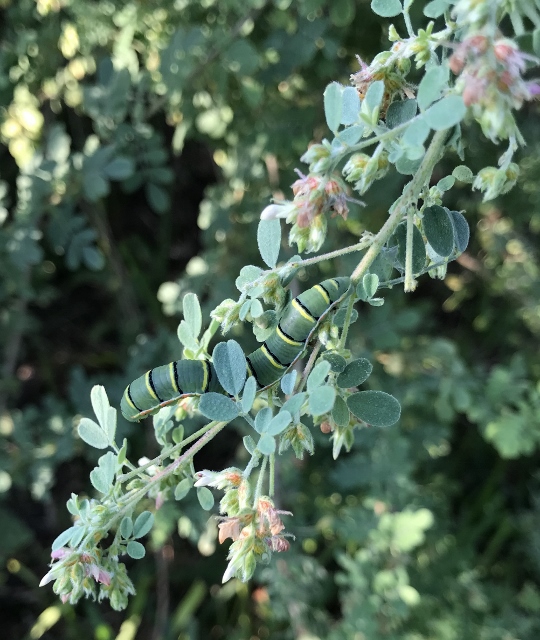
Dalea scandens is a larval host to the Southern dogface butterfly, in these parts of Texas. Its other Texas host plants include alfalfa, prairie clover and other small-leaved plants in the pea family (Fabaceae), as is D. scandens.

Dalea scandens, also called few-flowered climbing dalea and low prairie clover, has a brief write-up in Dr. Alfred Richardson’s and Ken King’s book, “Plants of Deep South Texas,” page 261. The plant’s distribution in Texas is Cameron and Willacy counties. There are seven other Daleas listed in PDST, pages 257-261.
I’ve not found much about Dalea scandens on the Internet, nor is it listed in any of my many Texas native plant books other than the PDST. The plant’s range is extreme South Texas and south into the highlands of Chiapas, Mexico and predominantly in the Gulf Coast Plain and the adjoining piedmont that leads from the base of the mountains to the flat land of eastern Mexico. They also are found in western Cuba where it is listed as introduced and invasive.
If you’ve ever been a visitor to the Ebony Loop trail in Harlingen’s Hugh Ramsey Nature Park, there is a healthy bank of Dalea scandens lining the front of The Laughing Garden opposite Ani Cut and Izzy’s Garden.
Explorer.natureserve.org describes Dalea scandens as being prominent in wasteland areas around towns and villages in Mexico, and in disturbed brushy thickets and savannas. In Ramsey Park its habitat is the hard-as-rock caliche edges of the trail. Texas Master Naturalists have planted these shrubs near the entrance to the Betty McEnery Memorial Garden under the Texas persimmon tree (Diospyros texana), and at the border of The Laughing Garden, where they have happily self-propagated — in true pea-family fashion — in the caliche adjacent to the garden. During trail maintenance, it’s near-impossible to dig the new growth out of the caliche.
The bush is pretty in a soft pastoral hue. I can’t sing its praises enough. It requires very little care, although I watered mine periodically through the hottest of the summer. Despite the summer heat, it’s been one of the busiest plants in our yard.
Beetles, spiders and bugs.

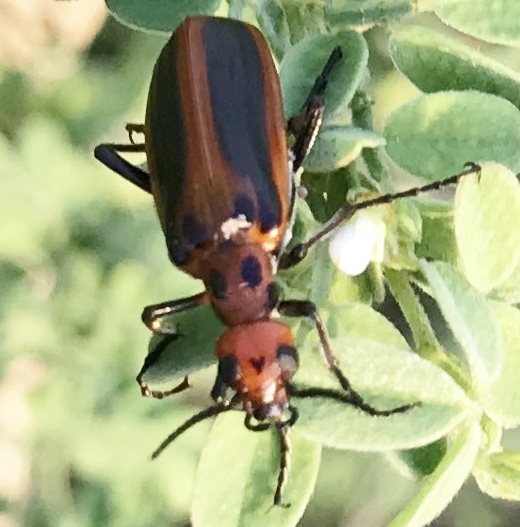
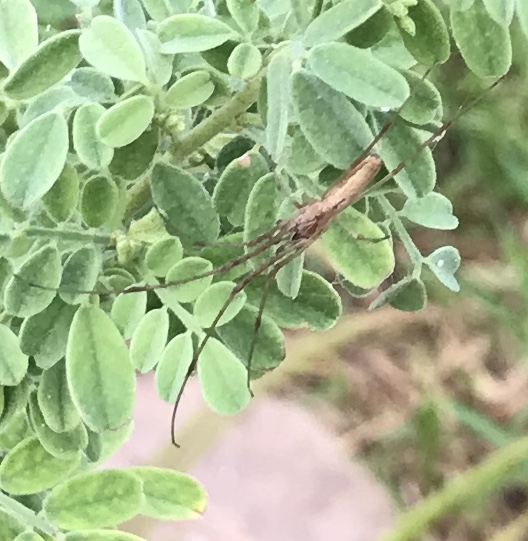
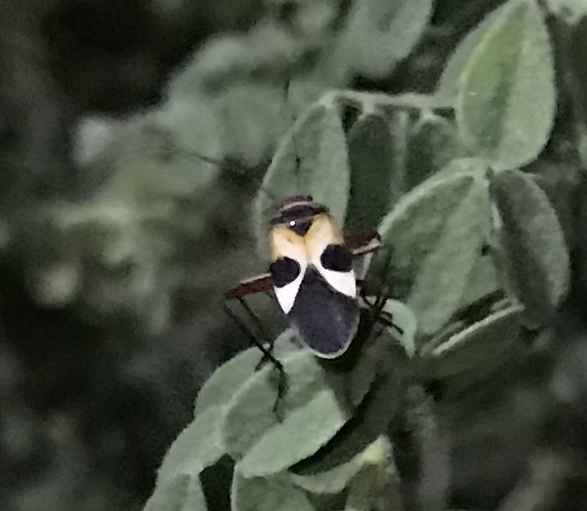
Butterflies, midges and moths.
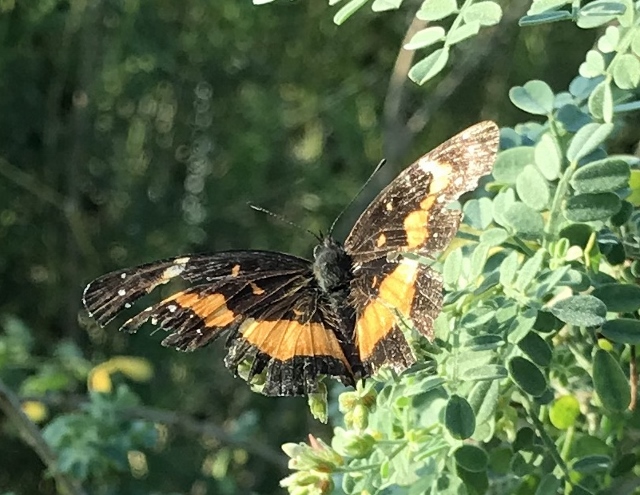
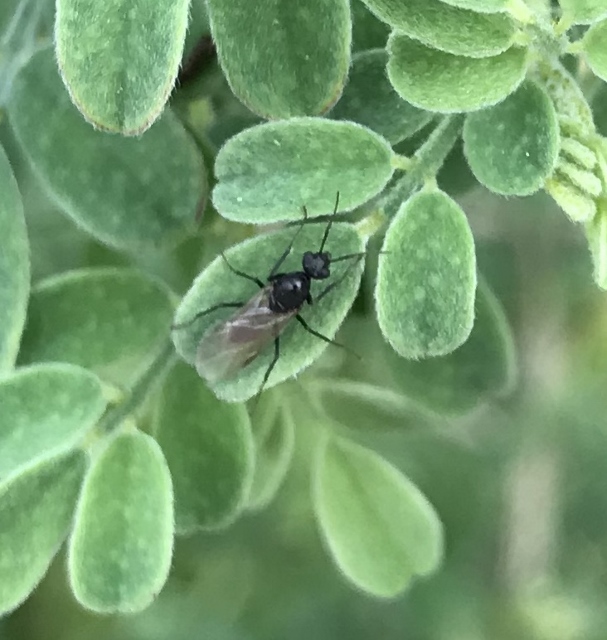


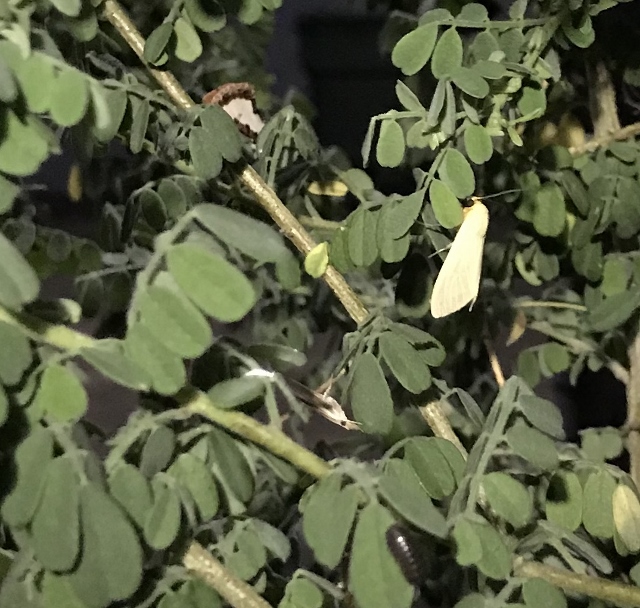
Look closely into the depth of the plants and shrubs you encounter to see what might be visiting. Perhaps you’ll find something to add to the BioBlitz that begins Friday. Check it out!
Texas Pollinator BioBlitz returns October 2 – 18, 2020 https://tpwd.texas.gov/education/bioblitz/